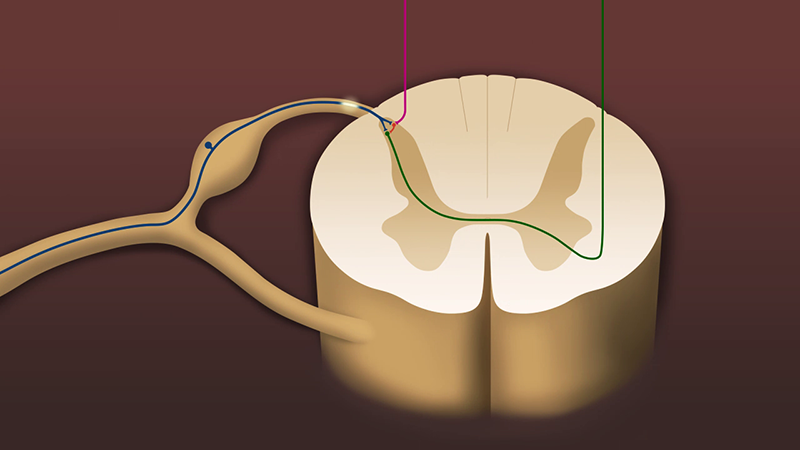Challenge
MultiMension worked with Dr. Philip Peng and neuroscientists at the University Health Network to produce a series of innovative educational materials for clinicians. With a challenge to illustrate the mechanisms of pain and scientific advances for understanding pain, we have been developing medical animations and illustrations to efficiently inform busy physicians about cutting-edge science.
Approach
Going through, our guiding design principle is conveying just the right amount of complexity and science through storytelling and supporting visuals, and providing detailed, supplementary content after each video. We focused on the key points of the information structure, and implemented cinematography techniques such as split screen viewing and an aesthetic style that emulates the nature of the content.
Content
MRI techniques and data analysis: We introduce types of MRI such as T1, T2, and T2* that are used to visualize brain. Then, we move on to functional magnetic resonance imaging (fMRI) to compare techniques of stimulus-related, percept-related, and resting-state fMRI. Each technique demonstrates how its data is analyzed for clinical purposes.
Pain VS Nociception: The ascending pathway of stimuli is explained then the difference between pain and nociception is clarified. The pathway is visualized in anatomical, cellular, and molecular level. Projection neuron and Interneuron’s role is mentioned along the process.
Conclusion
The medical animations and illustrations have received generous compliments from international scientists and clinicians, and we are currently producing more multimedia content for “Science of Pain”.


